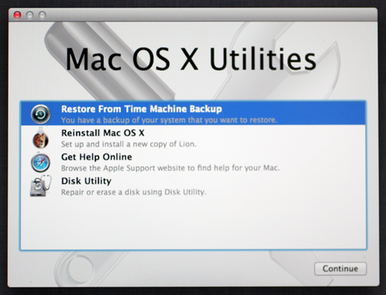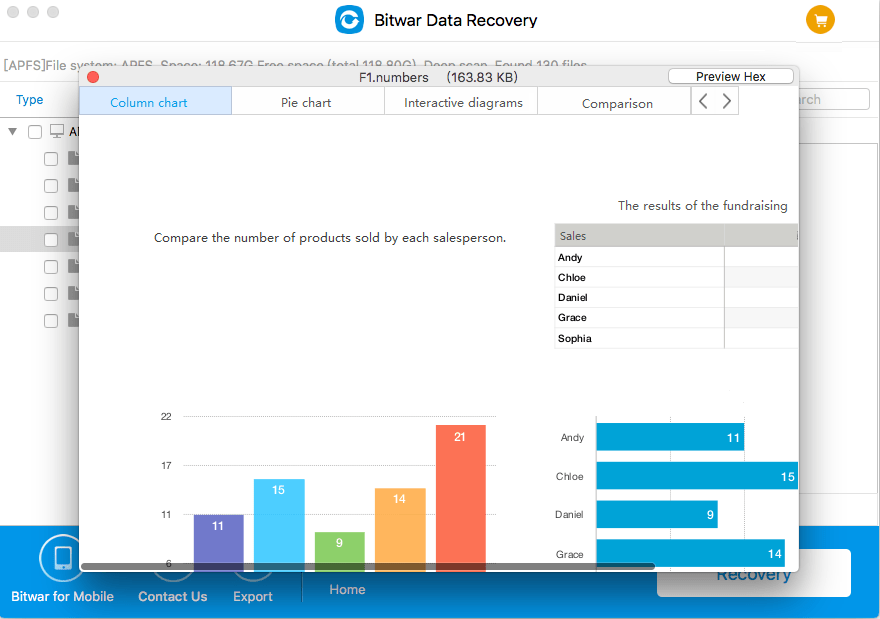

- #Seagate mac could not unmount disk mac os x#
- #Seagate mac could not unmount disk install#
- #Seagate mac could not unmount disk upgrade#
Sure, you could install 10.6.x, update, download Lion, install Lion, then migrate, but that’s a whole lot of work. Except there’s one problem there’s no installation disk to install a fresh version of Lion from. Traditionally, you’d perform a fresh install then Migrate over. That means the “cloning” method of data transfer is pretty much a no-go with Lion. So let’s take a look at the second option: a fresh install and a Migration. While your system should work just fine without it, you’ll be in a world of hurt if something goes wrong on that drive where you’d need to restore. In most cases, cloning your system drive will only copy over the information from your main partition that special recovery section won’t come with it. It functions much in the same way as the install disks of previous OS X versions, which is convenient, since Lion either comes as a download or already pre-installed on your Mac (while there’s also the $69 USB key reportedly being made available later this month, it’s more the exception than the rule) The problem comes when you go to clone your system over. As part of a 10.7 installation, a hidden “Recovery partition” is created to help in restoring your system should it be required.
#Seagate mac could not unmount disk mac os x#
Mac OS X 10.7 Lion throws a nice little monkey wrench into things. This takes more time, but lets you leave behind that which you don’t need. Alternatively, you can use the “Migration” method, wherein you install a fresh copy of the OS on the new drive and run Migration Assistant to bring your files over from your old drive. It’s nice and fast, but it also brings over things you don’t necessarily need, which will just take up space. You can perform a simple cloning operation, which will make an exact duplicate of your old drive on your new one. If you’re running 10.6.x or earlier and want to bring over your data to your new drive, you have two basic choices. The trick is making sure your data gets brought over as simply as possible, so you can continue on seamlessly. Replacing a hard drive in most modern Macs is pretty simple, and our highly-acclaimed Instructional Series of videos breaks the process down so pretty much anybody can do it. Simply by upgrading the internal hard drive to a faster 7200rpm drive or (better still) a solid-state drive like our OWC Mercury EXTREME series, you can nearly triple the performance of the 2011 MacBook Pros, and earlier models show similar gains – we did a whole series of videos about it not too long ago. Even on its flagship 17″ MacBook Pro, Apple is still stuffing a 5400rpm drive inside, which can limit how fast you can access your data. A bigger hard drive means more room to put it all. With all the files, pictures, movies, music, software updates, and other bits of info vying for space, that once-vast 500GB hard drive is now nearly full.

#Seagate mac could not unmount disk upgrade#
Hard drive upgrades are a popular upgrade for many Mac users and there’s a few different reasons for that.


 0 kommentar(er)
0 kommentar(er)
